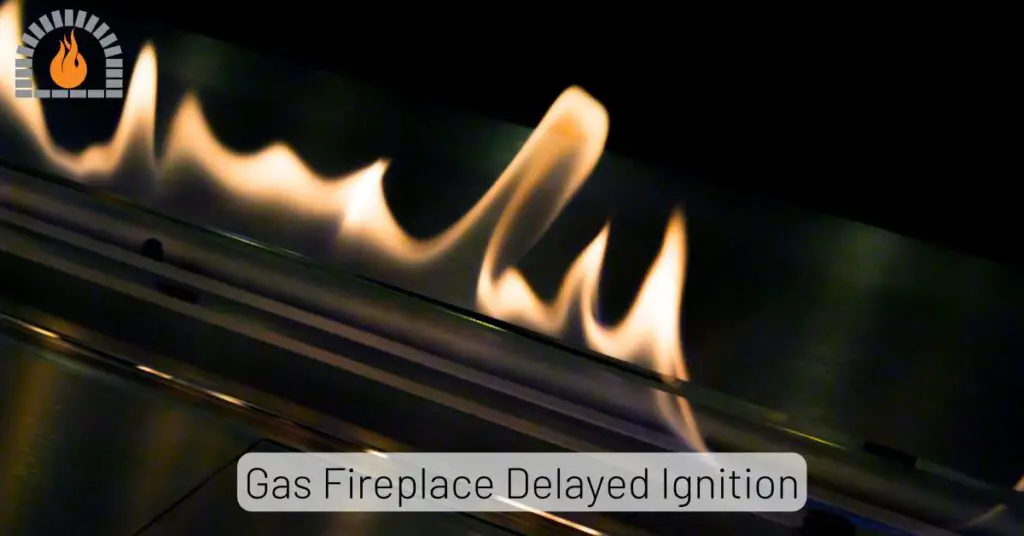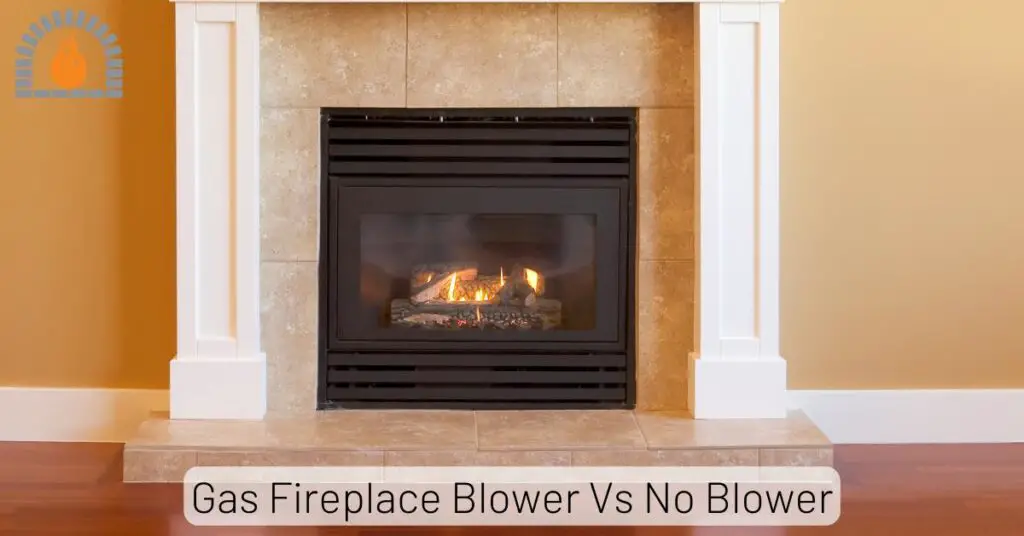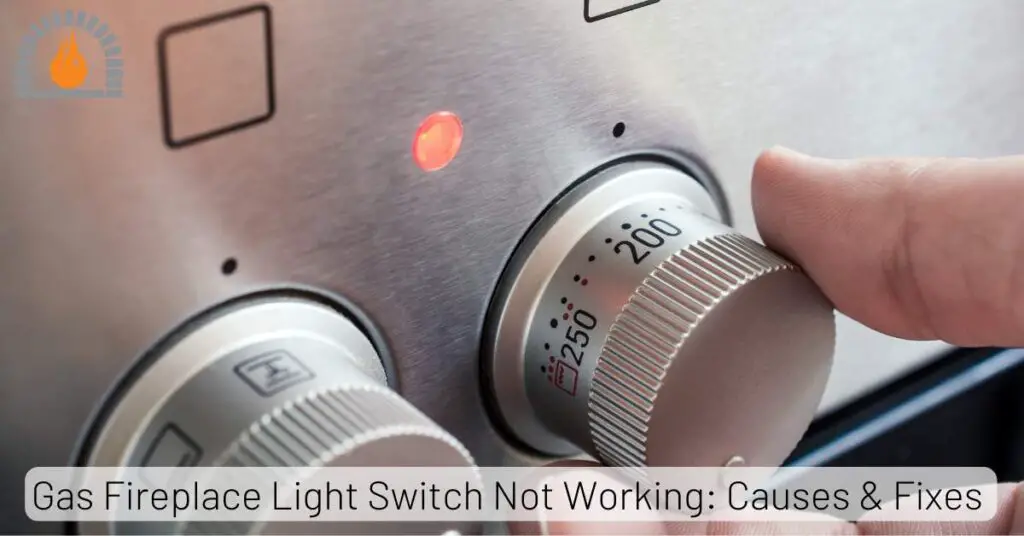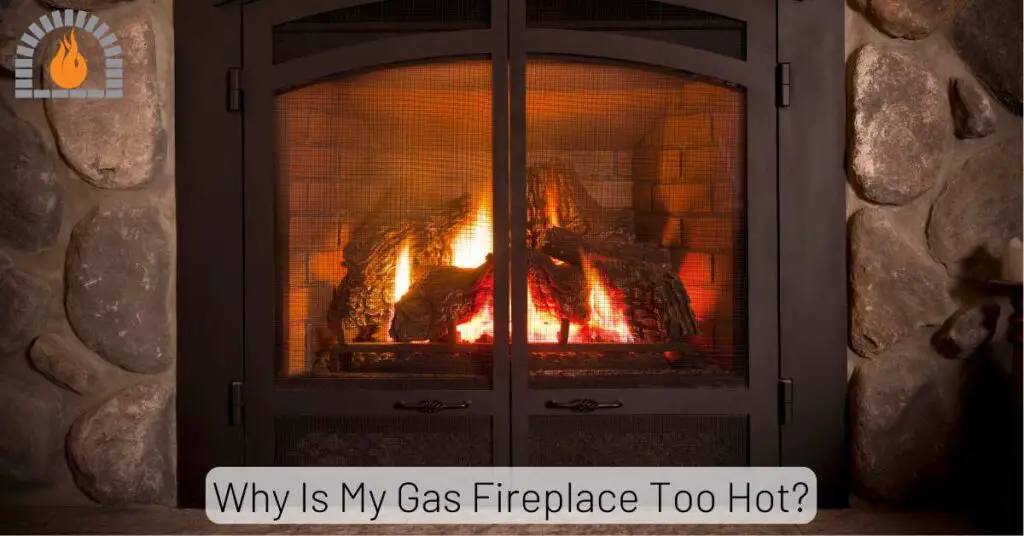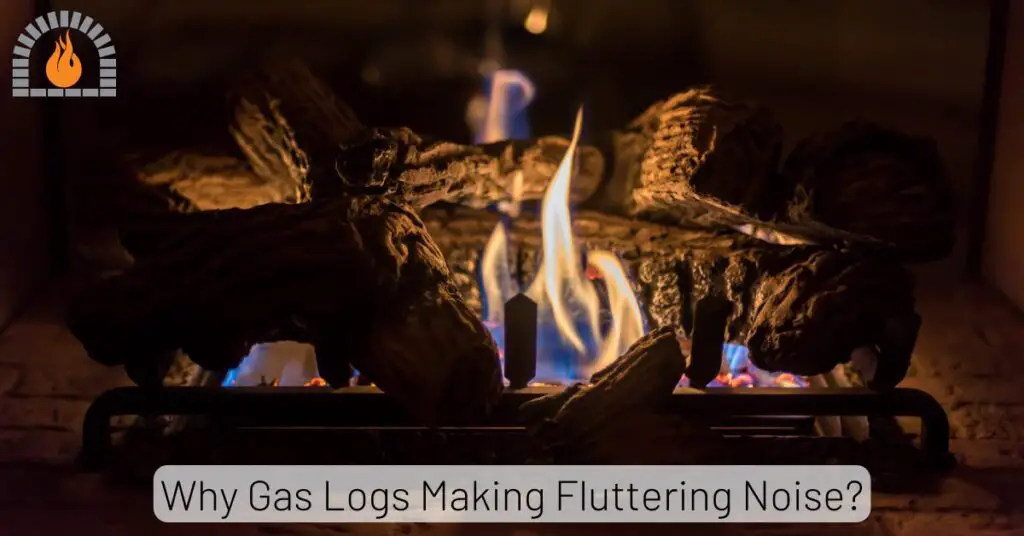For gas fireplace among the various ignition systems available, the millivolt valve stands out for its reliability and efficiency. Named for the minuscule amount of voltage it requires to operate, this system utilizes a standing pilot light that continuously generates heat, allowing it to function even during power outages.
This unique feature makes millivolt valves an attractive option for those looking to maintain a cozy environment regardless of external electrical conditions.
In this blog post, we will explore the intricacies of gas fireplace millivolt valves, how they work, their advantages, and essential maintenance tips to ensure your fireplace operates smoothly all season long.
When Do You Need a Gas Fireplace Millivolt Valve Replacement?
A gas fireplace millivolt valve replacement may be necessary if you notice several key signs indicating malfunction or inefficiency. One major indicator is low voltage readings; if the thermopile output drops below 300 millivolts, it suggests that the valve is not functioning properly.
If you detect a noticeable gas smell after lighting the pilot light, this could indicate a gas leak in the control valve, which is a serious safety concern that requires immediate replacement. Frequent issues with the pilot light going out or failing to stay lit may also point to a faulty millivolt generator or thermopile, necessitating a valve replacement.
Over time, components can wear out due to age or the buildup of dirt and carbon; if cleaning does not resolve lighting or gas flow issues, it might be time for a new valve.
| Image | Product | Details | Price |
|---|---|---|---|
 |
Natural Gas Replacement Millivolt Gas Valve for Fireplaces | For Natural Gas direct vent applications For model 37D0117, R7577, 0820634, 0820644, 0820654, 0820655, 0820662, 0820704, 0820706 and 0820952 |
Check Price |
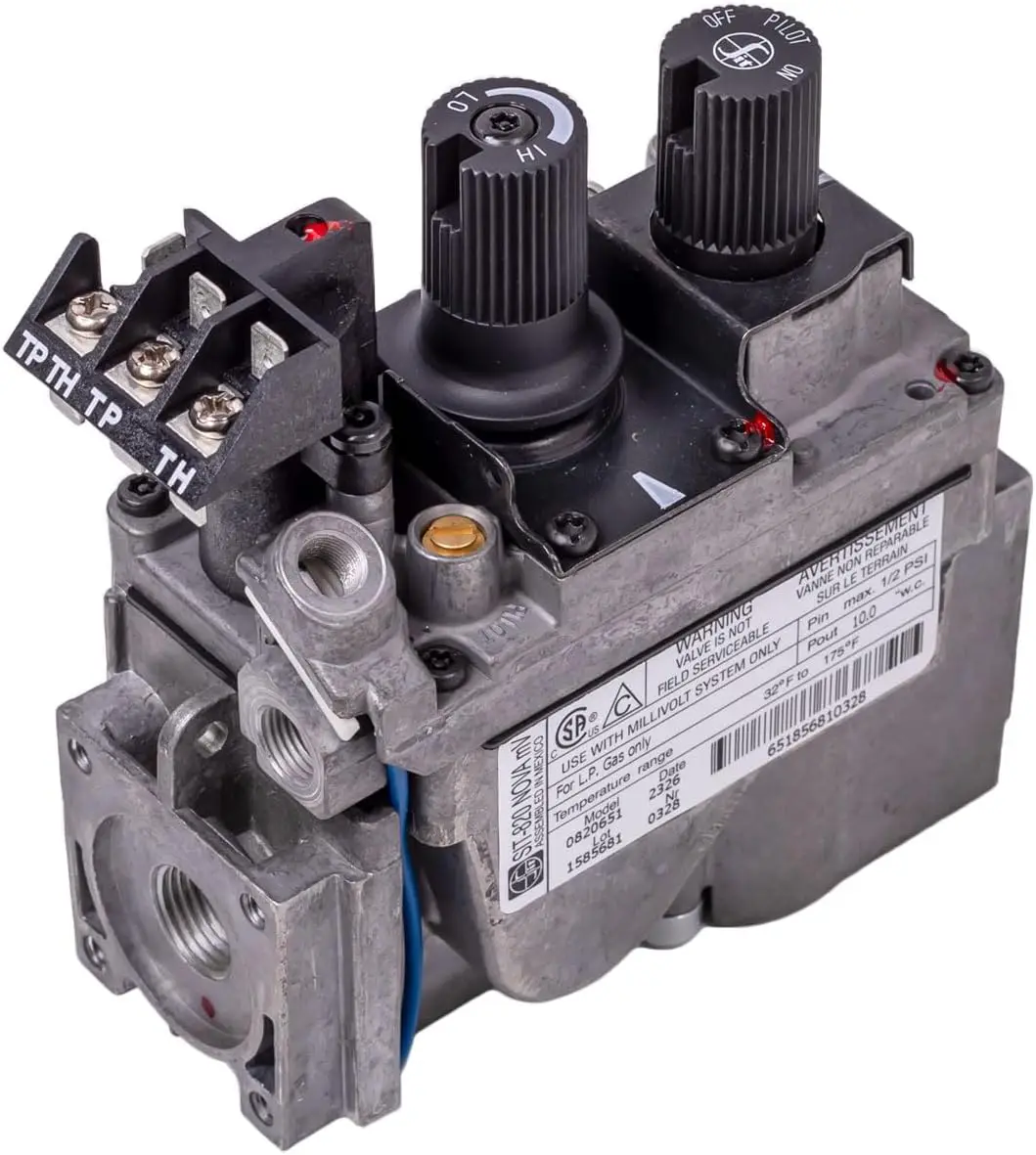 |
Millivolt Propane Gas Fireplace Replacement Valve | Specifically designed for Propane Gas direct vent applications Compatible with Majestic, Monessen, IHP, Lennox, Empire, HHT, Tavis Industries, and Napoleon Empire fireplaces, gas logs, and stoves it offers years of reliable service. |
Check Price |
How a Millivolt Valve Works
A millivolt valve operates as a critical component in gas fireplaces, utilizing a standing pilot light to facilitate ignition and control gas flow. This system is designed to function without an external power source, relying solely on the small amount of electricity generated by the pilot light.
When the pilot light is lit, it heats a thermocouple or thermopile, which produces a voltage of less than one volt hence the term “millivolt.” This tiny electrical current is sufficient to activate an electromagnet within the gas valve, allowing it to open and release gas to the burner when heat is required.
If the pilot light goes out, the thermocouple cools down, ceasing voltage production and causing the valve to close automatically, preventing any gas from flowing and enhancing safety.
This self-sustaining mechanism ensures that as long as the pilot is lit, the fireplace can be activated at any time without needing additional power or complicated electronic controls, making millivolt systems both reliable and user-friendly in providing warmth and ambiance.
To understand how to troubleshoot a millivolt valve, it’s essential to know how it operates. A millivolt system relies on small electrical currents generated by a thermopile and thermocouple to open and close the gas valve.
Key Components of a Millivolt Valve:
- Thermopile: Converts heat from the pilot flame into electrical energy.
- Thermocouple: Monitors the pilot flame to ensure it stays lit.
- Valve Control: Regulates the flow of gas based on the electrical signal.
When the pilot light is lit, the thermopile generates a small voltage (usually between 400-750 millivolts), which is enough to keep the gas valve open. If this voltage drops too low, the gas supply is cut off, and the fireplace won’t ignite.
Gas Fireplace Millivolt Valve Troubleshooting
| Problem | Possible Cause | Solution |
|---|---|---|
| Pilot light won’t stay lit | Faulty thermocouple | Replace the thermocouple |
| Fireplace won’t turn on | Weak thermopile voltage | Test and replace thermopile if needed |
| Intermittent functionality | Loose wiring connections | Tighten or replace loose connections |
| No gas flow | Faulty valve control | Replace the valve |
| Pilot light is yellow or weak | Dirty thermopile or thermocouple | Clean the thermopile/thermocouple |
When dealing with issues related to gas fireplace millivolt valves, it’s essential to follow a systematic troubleshooting approach. Here are the key steps and tests you can perform to identify and resolve common problems.
1. Safety Magnet Testing
Purpose: To check the integrity of the safety magnet.
Procedure: Disconnect the EPU wire from the valve. Use a multimeter set to Ohms. A good reading should be between 0 to 13 Ohms. If the reading is higher, the magnet is defective, and the valve should be replaced.
2. Thermopile Millivolt Check
Purpose: To ensure the thermopile is generating sufficient voltage.
Procedure: Set the multimeter to Volts DC. For the main burner to operate consistently, it should produce at least 325 mV when off and 110 mV when on. If these values are not met, consider replacing the thermopile.
3. Circuit Millivolt Check
Purpose: To verify that the thermopile can energize the gas valve and on/off switch.
Procedure: Measure the voltage drop across the switch terminals while the burner is on; it should be 35 mV or less. If it’s higher, check connections and the switch itself.
4. Valve Operating Head Test
Purpose: To assess the functionality of the valve head.
Procedure: Disconnect all leads from the valve and set your multimeter to Ohms. A good reading between TH/TP and TP should be 0 to 10.9 Ohms, while between TP and TH it should be 1.5 to 1.7 Ohms. Infinite Ohms indicates a faulty valve.
5. Thermocouple Millivolt Check (if applicable)
Purpose: To confirm that the thermocouple is working correctly.
Procedure: Measure millivolts with the pilot flame on; it should read between 8 to 30 mV. If below 7 mV, replace the thermocouple.
6. General Maintenance Tips
Inspect for carbon buildup on logs or glass, which may indicate incomplete combustion due to insufficient air supply or incorrect log positioning.
Ensure that orifices are not clogged, and that inlet and manifold pressures are within specifications.
Common Causes of Millivolt Valve Problems
| Problem | Possible Cause | Solution |
|---|---|---|
| Pilot light won’t stay lit | Faulty thermocouple | Replace the thermocouple |
| Fireplace won’t turn on | Weak thermopile voltage | Test and replace thermopile if needed |
| Intermittent operation | Loose wiring connections | Tighten or replace loose connections |
Cost of Repairing or Replacing a Millivolt Valve
| Service | Estimated Cost |
|---|---|
| Thermopile replacement | $75 – $150 |
| Thermocouple replacement | $50 – $100 |
| Valve replacement | $200 – $400 |
| Professional inspection | $100 – $200 |
FAQs
Can a faulty millivolt valve be repaired?
Yes, but it depends on the issue. Minor problems like loose connections or dirty components can be fixed. However, if the valve control itself is faulty, it may need to be replaced.
What voltage should a thermopile produce?
A healthy thermopile should produce between 400 and 750 millivolts. If it’s producing less, it may need cleaning or replacement.
How long does a millivolt valve last?
With proper maintenance, a millivolt valve can last 10-15 years or more.
What causes a pilot light to keep going out?
A weak or dirty thermocouple is the most common cause. Other causes include low gas pressure, a dirty pilot assembly, or a faulty valve.
Is it safe to troubleshoot the valve myself?
Basic troubleshooting like checking the pilot light and wiring connections is safe if done carefully. For more complex issues, it’s best to call a professional to avoid risks.
Affiliate Disclosure: Fireplaceadviser.com is a participant in the Amazon Services LLC Associates Program. We may earn a commission when you click on certain links on this site and purchase.

Hello!! I am Jamal Khan. I often fix my home electric heaters and gas stove problems and research the common issues in the heating units to improve my knowledge and expertise. The aim of establishing fireplaceadviser.com is to share my expertise and knowledge with my audience.







